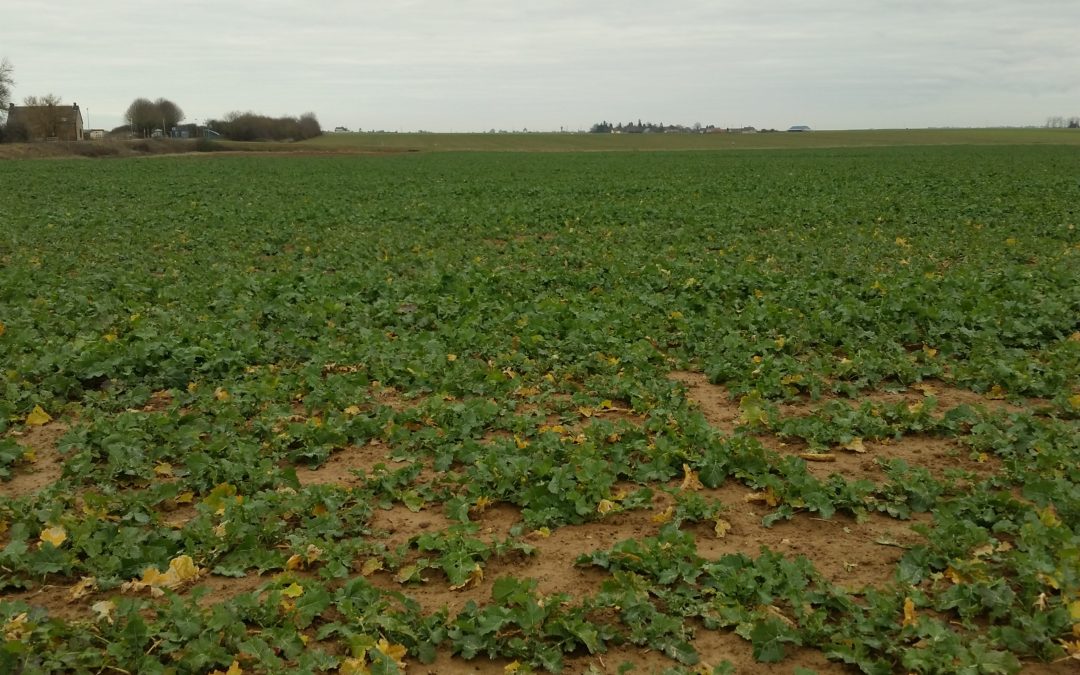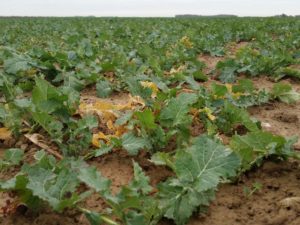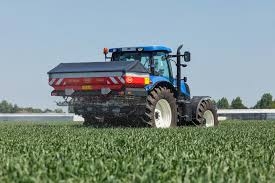- Material: Sentinel 2 image (ESA)
- Methods: Artificial Neural Network to convert reflectance to biophysical variables
- Objectives: Estimate fresh aerial biomass and nitrogen uptake to calibrate nitrogen balance sheet method
Satfarming embed artificial neural network to compute crop biophysical variables from satellite reflectance, the main information is leaf area index (LAI) representing the ratio between leaf area versus soil area, (LAI of 3 means that the crop leaf area per soil square meter egal to 3). There is a relationship between LAI and aerial biomass function of ctop growth stage.
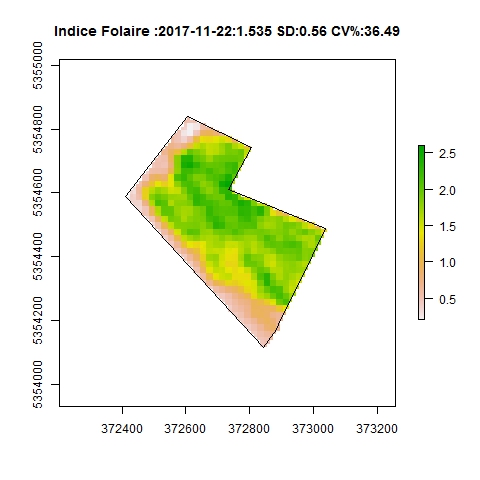
On above image, leaf area index on a rapeseed field sown at the end of august, leaf area index increase from the emergence till all soil nitrogen is uptaken by the crop, thereafter leaf area decrease due to leaf senescence and crop growth stops due to short daylength.
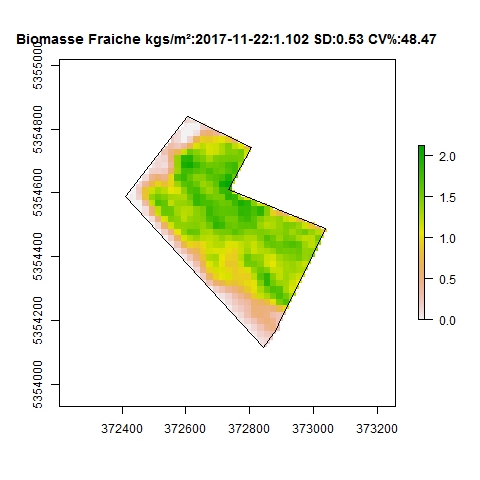
On this field, biomass level reach 1.1 kgs/m², on the above frequential analysis, one can observe two modes in biomass repartition, this trait will be taken into account when nitrogen application management.
It is possible to see the field from an other point of view, just for visual aspect, on the above image, a representation of the fresh biomass in 3D, it clearly highlight “lines” in the field probably due to field historic like preceeding crops straw management?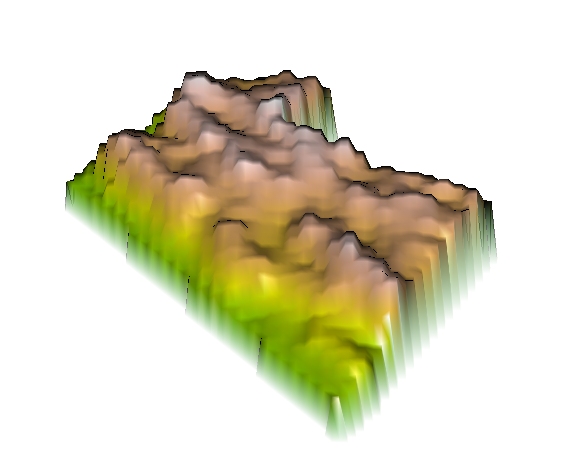
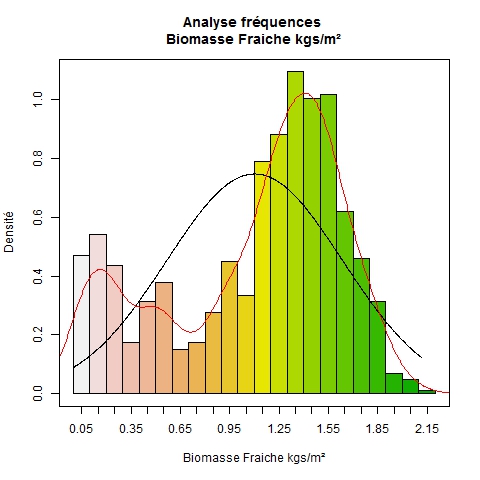
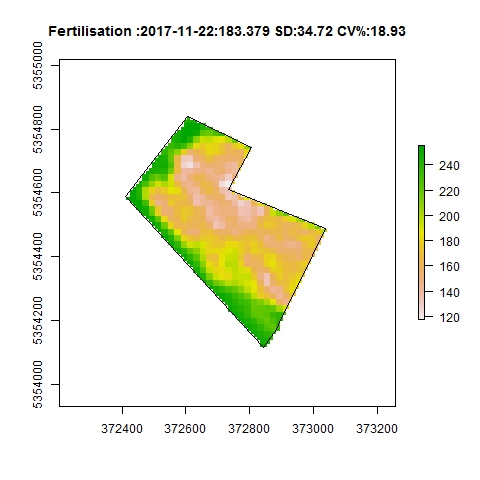
Using the balance sheet method Satfarming generate a nitrogen modulation map, the system convert the raster to shapefile which can be used in a fertilzer sprayer.
An other field scan will be analysed at the end of the winter to perform the final nitrogen amount.

